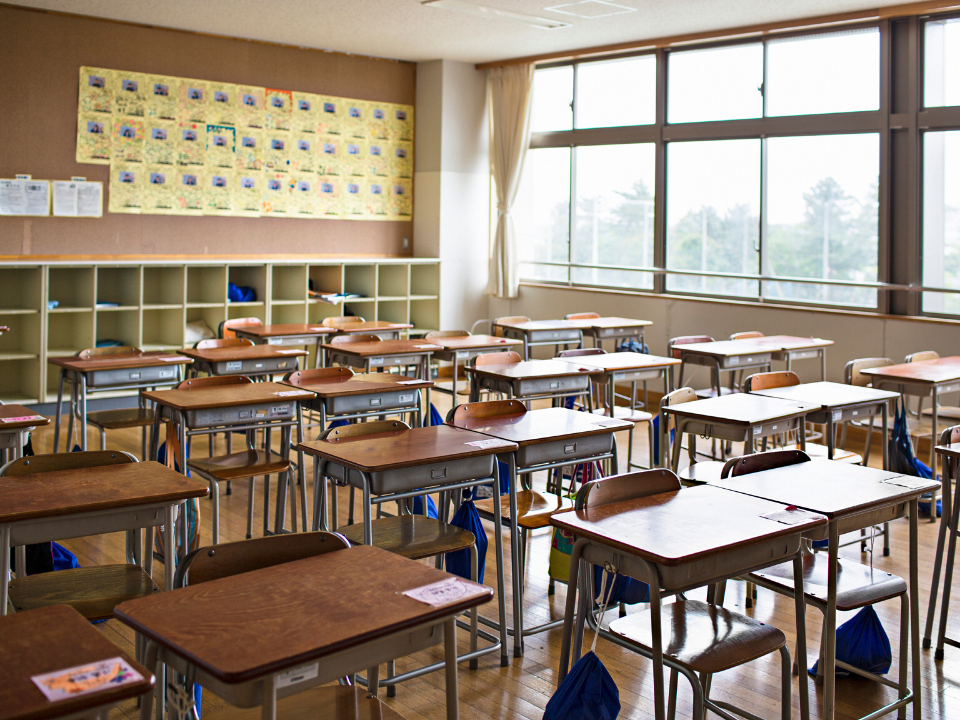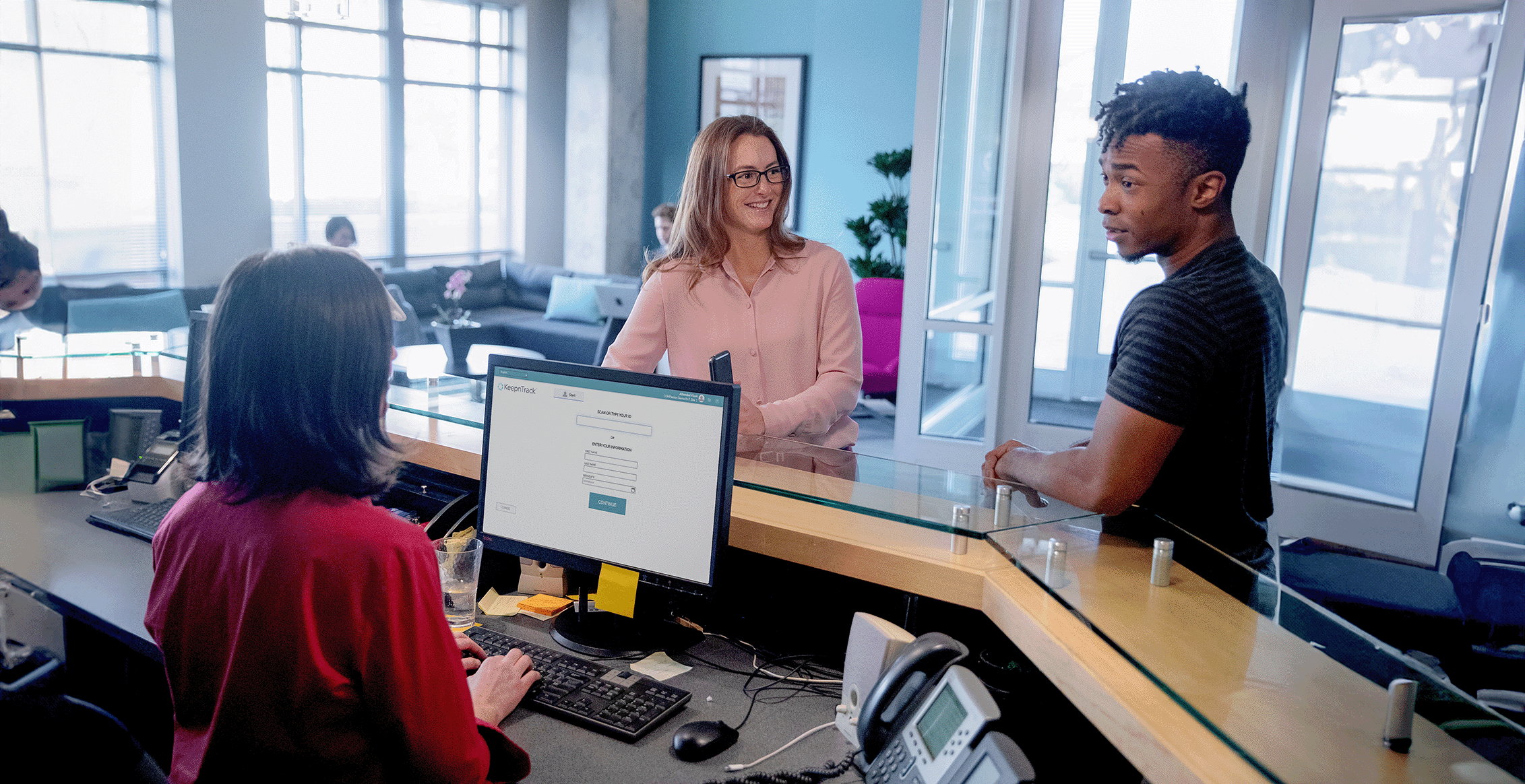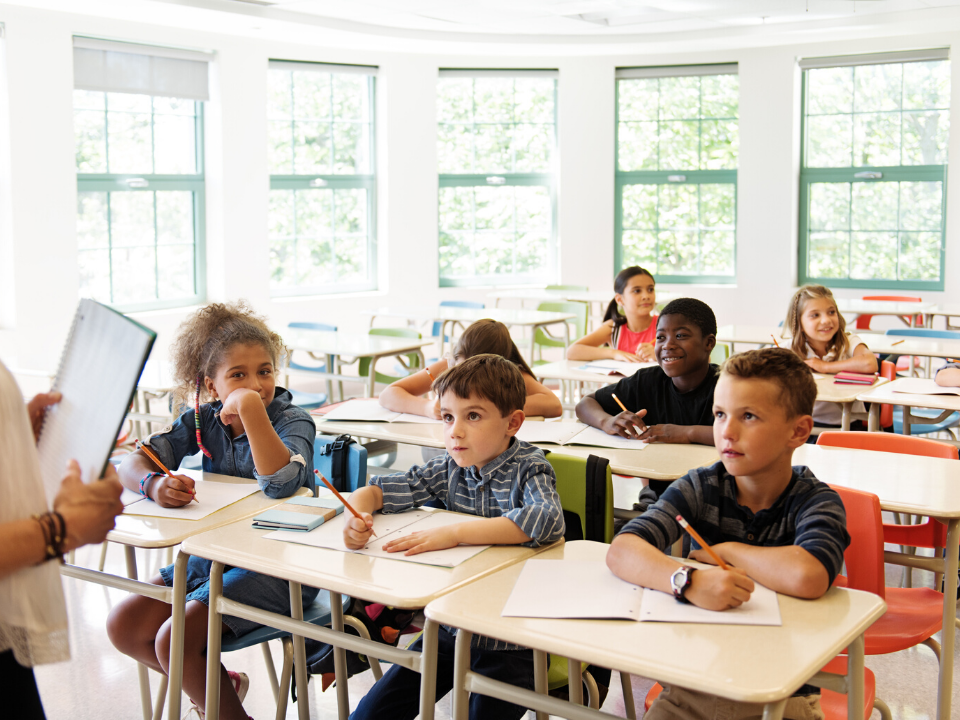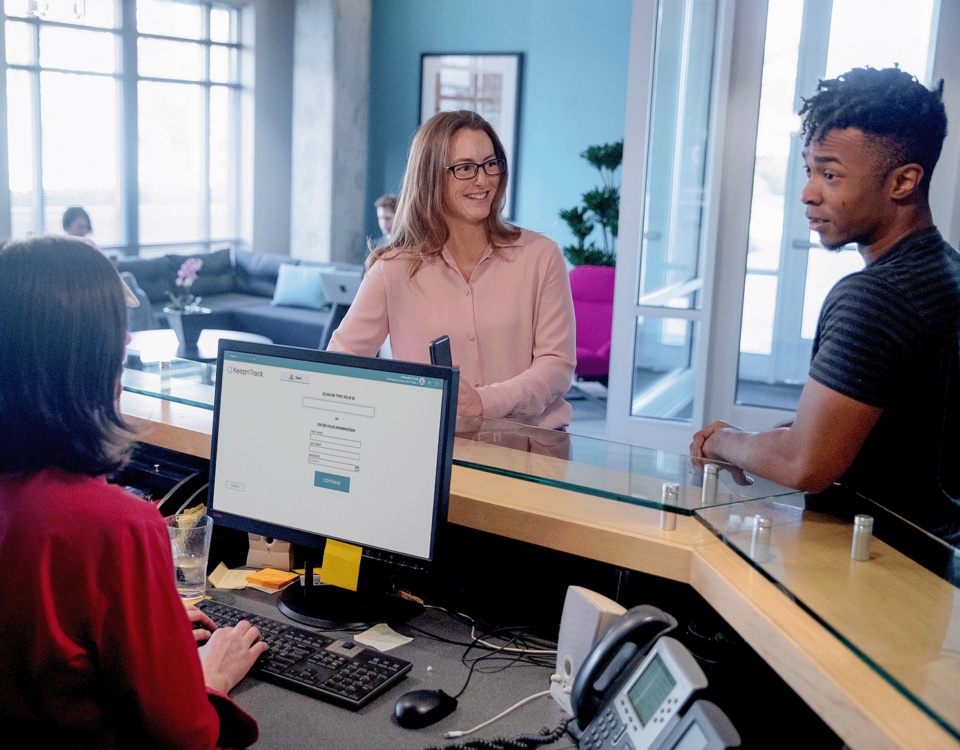
KeepnTrack End-of-Year Procedures
May 5, 2020
New KeepnTrack Coming Soon!
June 20, 2024Schools play a critical role in helping to prevent and control the spread of infectious diseases within communities. With the outbreak of the novel coronavirus disease (COVID-19), there has been discussion on how to open public areas safely, specifically schools. As world organizations work to find a vaccine, communities must take steps to protect at-risk individuals and reduce the impacts of the outbreak.
It is important to take the necessary precautions to prevent the potential spread of COVID-19 in school settings. To effectively mitigate the spread, administrators will need to provide clear and actionable prevention guidelines to students, parents, and staff. Below we’ve provided facts, resources, and suggestions for how to minimize the disruption of learning while protecting students and staff during this outbreak.
The virus can spread through direct contact with respiratory droplets (from a cough or sneeze) from an infected person. COVID-19 can also infect individuals who touch their faces (e.g., eyes, nose, mouth) after touching surfaces contaminated with the virus.
Encourage the community to follow these measures:
With KeepnTrack, administrators are given the tools and information to make accurate decisions. Learn more about screening volunteers and visitors here.
Parent-teacher committees and other school volunteers can also help with the sharing of information and guidelines.
Now is the time to develop new school policies regarding attendance or sick leave that encourages students and staff to stay home when sick or caring for sick family members. Be sure to put in place alternative options for students who are at home sick or covering critical job functions or positions. Be sure to plan for possible academic learning changes or alterations when it comes to breaks or exams.
ESSER federal funding through the CARES (Coronavirus Aid, Relief and Economic Securities) Act intends to help your schools address the needs of your students with disabilities, English learners, and at-risk students, by providing resources to implement solutions that positively impact these populations.
It is important to take the necessary precautions to prevent the potential spread of COVID-19 in school settings. To effectively mitigate the spread, administrators will need to provide clear and actionable prevention guidelines to students, parents, and staff. Below we’ve provided facts, resources, and suggestions for how to minimize the disruption of learning while protecting students and staff during this outbreak.
What is COVID-19 and How Does it Spread in Schools?
COVID-19 is a disease caused by a new strain of coronavirus. The most common symptoms can include fever, cough, and shortness of breath—though some may carry the disease without showing any signs.The virus can spread through direct contact with respiratory droplets (from a cough or sneeze) from an infected person. COVID-19 can also infect individuals who touch their faces (e.g., eyes, nose, mouth) after touching surfaces contaminated with the virus.
Prevention of COVID-19 in Public Spaces
Like all other respiratory infections (the flu or common cold), it takes the coordination of organizations and the community to slow the spread of diseases. The recommendations below should be followed by all those in the community, including offices, restaurants, government buildings, and more.Encourage the community to follow these measures:
- Stay home when sick
- Cover mouth and nose when coughing or sneezing
- Dispose of tissues immediately after use
- Wash hands often with soap and water
- Clean frequently touched surfaces and objects
Guidance for COVID-19 Prevention and Control in Schools
Even if schools are not opening for in-classroom learning this fall, staff and students may still need to access the school facilities to participate in lunch programs, collect technology equipment, or gather other assets. Administrators will need to have guidelines to ensure safe reopenings or access to schools for all who enter. Below are suggestions and guidelines to keep in mind when implementing safe school operations during COVID-19.Screen Volunteers and Visitors
Monitor the health of those coming in and out of your school before they enter your facility. Administrators can implement technology like KeepnTrack to take a proactive approach to prevent and control the spread of COVID-19 by vetting every individual who enters their facility. Administrators can ask a series of questions to determine if an individual's symptoms or exposure is a threat.With KeepnTrack, administrators are given the tools and information to make accurate decisions. Learn more about screening volunteers and visitors here.
Promote Information Sharing
Administrators should make the school’s guidelines for preventing and controlling the spread of the virus accessible to parents and students. School community members should be encouraged to alert school and healthcare authorities and keep their children at home if someone in their household is diagnosed with COVID-19.Parent-teacher committees and other school volunteers can also help with the sharing of information and guidelines.
Monitor Absenteeism and Track for Patterns
Develop a monitoring system to track student and staff absences and compare usual absenteeism patterns at the school. If unusual patterns are found, alert local health authorities about significant increases in student and staff absenteeism due to respiratory illness.Now is the time to develop new school policies regarding attendance or sick leave that encourages students and staff to stay home when sick or caring for sick family members. Be sure to put in place alternative options for students who are at home sick or covering critical job functions or positions. Be sure to plan for possible academic learning changes or alterations when it comes to breaks or exams.
Grants for Prevention and Control
Congress set aside approximately $13.2 billion of the $30.75 billion allotted to the Education Stabilization Fund through the CARES Act for the Elementary and Secondary School Emergency Relief Fund (ESSER Fund). The Department will award these grants to state educational agencies (SEAs) to provide local educational agencies (LEAs), including charter schools that are LEAs, with emergency relief funds to address the impact that COVID-19 has had, and continues to have, on elementary and secondary schools across the nation.ESSER federal funding through the CARES (Coronavirus Aid, Relief and Economic Securities) Act intends to help your schools address the needs of your students with disabilities, English learners, and at-risk students, by providing resources to implement solutions that positively impact these populations.




